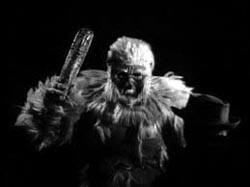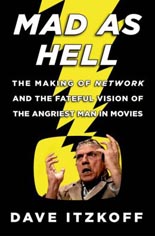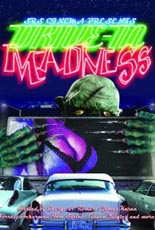
 Drive-In Madness! doesn’t quite earn the exclamation point it gave itself, but it’s a nostalgic look at an American pastime that was well on its way out when this was made: during the home-video boom. And by “look,” I mean a freeform compilation of vintage coming attractions with pointless interview segments serving as glue.
Drive-In Madness! doesn’t quite earn the exclamation point it gave itself, but it’s a nostalgic look at an American pastime that was well on its way out when this was made: during the home-video boom. And by “look,” I mean a freeform compilation of vintage coming attractions with pointless interview segments serving as glue.
Narrated by Poltergeist real estate agent James Karen, the 84-minute quasi-documentary leans heavy on the films of Al Adamson, with six of his flicks represented with full trailers, from Satan’s Sadists to Naughty Stewardesses — not a complaint. I don’t know if any rhyme or reason were present in director Tim Ferrante’s choices of what clips to include, but for the most part, it’s an unpredictable bunch that touches upon sci-fi (The Human Duplicators), mondo (Macabro), action (Girls for Rent), comedy (The Booby Hatch) and, oddly, made-for-VHS trash that never would play drive-ins (Psychos in Love).
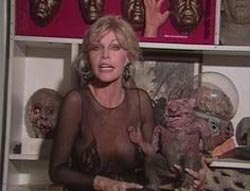 To no one’s surprise, horror makes up the most, from the overplayed (Night of the Living Dead) to the opposite (Deadtime Stories). None looks as terrifying as what passes for hot dogs in ye olde concession-stand ads.
To no one’s surprise, horror makes up the most, from the overplayed (Night of the Living Dead) to the opposite (Deadtime Stories). None looks as terrifying as what passes for hot dogs in ye olde concession-stand ads.
The aforementioned interviews include scream queen Linnea Quigley, effects master Tom Savini, collector extraordinary Forrest J. Ackerman and Mausoleum MILF Bobbie Bresee, who has no qualms appearing before Ferrante’s camera in an outfit designed to bare at least her left nipple. Only a fraction of what they share is related directly to the drive-in experience; the rest struck me as pandering to the fanboys, albeit before the word existed. Those faults were not enough to keep me away from Madness!, however, nor should they to you. —Rod Lott

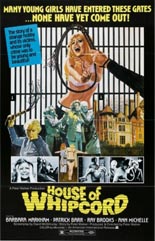
 Dedicated to those “who eagerly await the return of corporal and capital punishment,”
Dedicated to those “who eagerly await the return of corporal and capital punishment,” 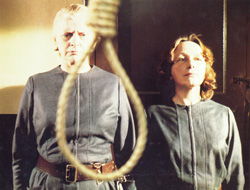
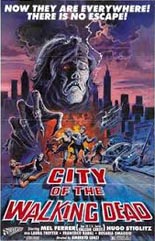
 When Danny Boyle’s
When Danny Boyle’s 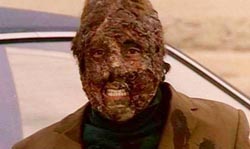
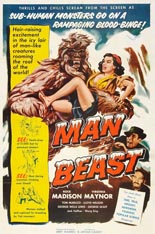
 As vast and desolate as the Himalayas it depicts is
As vast and desolate as the Himalayas it depicts is 